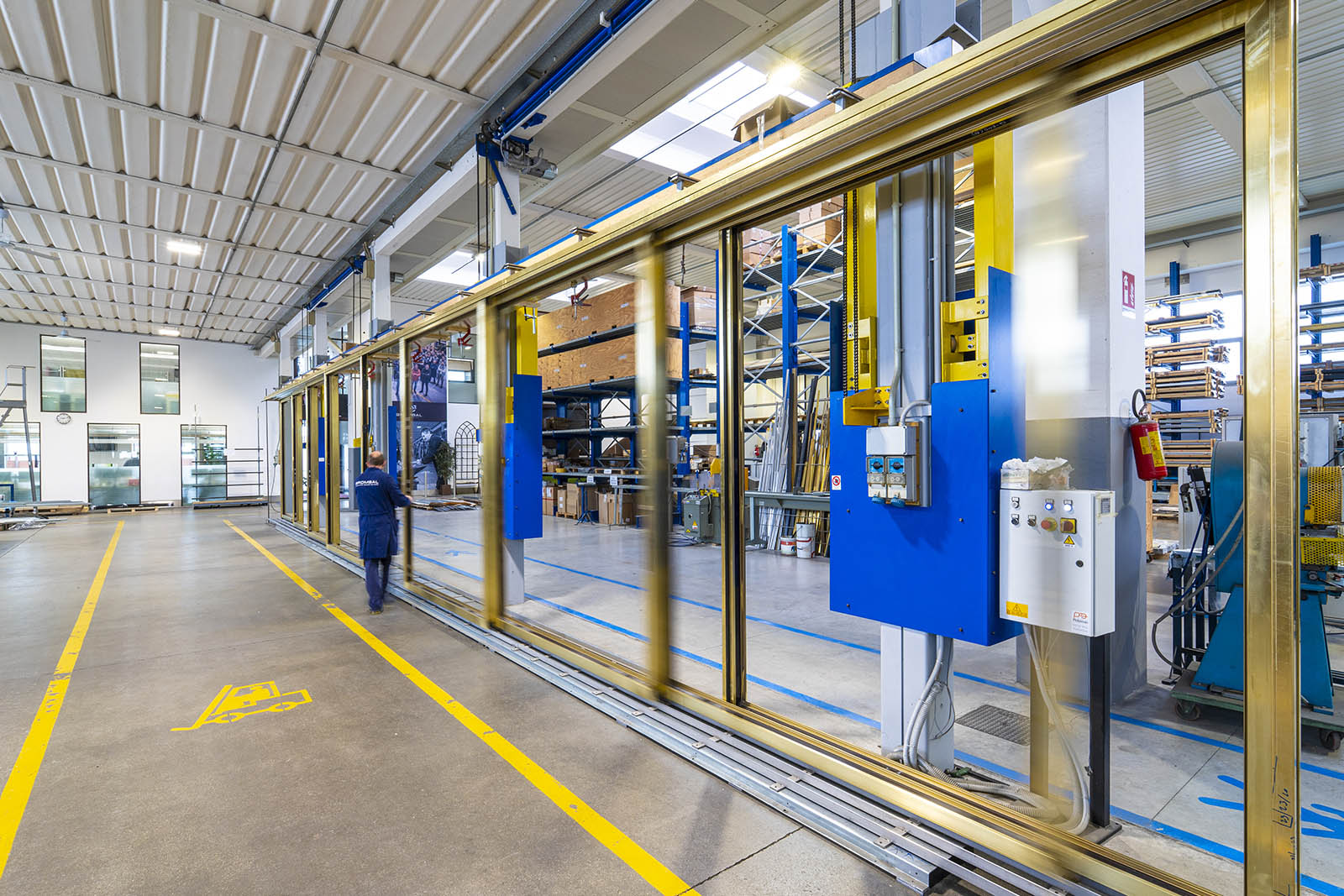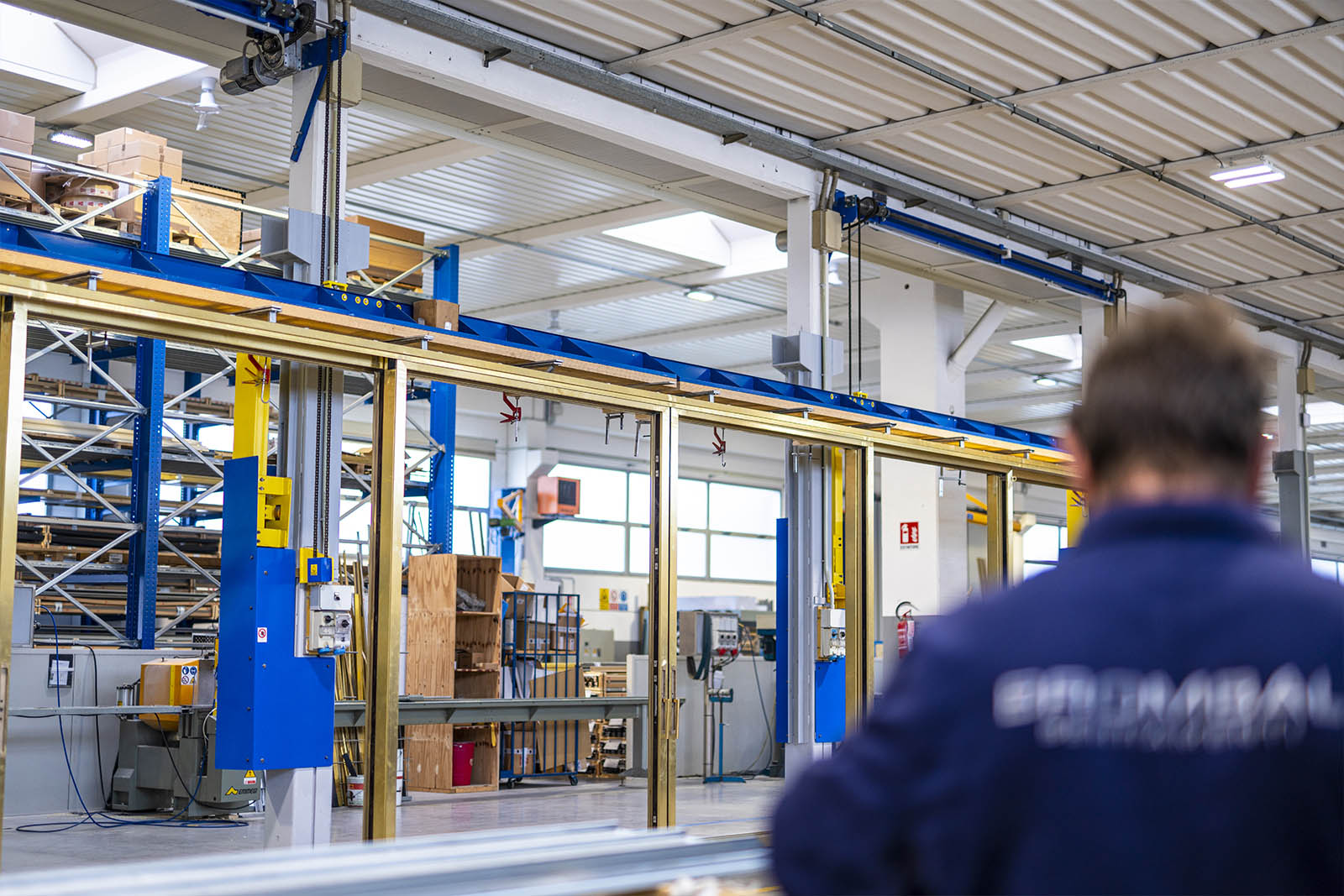DOORS AND ENTRACES.
Between symbolic meaning and functionality
The first thing we are about to observe, giving us our first impression upon entering a building, is the vision of its entrance door. This space made up of multiple elements, factors and feelings, becomes the important theatre during the two moments we experience entering and leaving a structure; the first and last contact which occurs with the building.
Conceptually the term “door” means an opening that works creating a connection and, although it is proposed as an element of unity, at the same time it is precisely what causes separation and closure as well.
In fact it is in this same point of union that the inside is divided from the outside, a clear separation of our privacy, our intimacy and our things, something we place as a protective barrier from the outside world.
The opening and closing of a door is an act full of meanings, an emblematic action of letting things going through or stopping elements, people and situations, so to become a metaphor “par excellence” used over time to represent theories and concepts; it is the very gesture of opening and closing that allows or precludes access to new worlds and experiences, transforming it into an important symbol of connection or closure.
Steeped with so many meanings, doors unfold into an expressive image of different situations and emotions of philosophical and artistic thoughts of all times: among the highest representations that see them as protagonists is the Divine Comedy by Dante Alighieri, where they become symbolic elements of passage and reflection, full of profound considerations.
The symbolic idea that seems holding the concept of door and its meanings, remains almost unchanged over the flow of time; unlike the development from an architectural point of view, which, instead, follows its own course of evolution and innovation.
The structured and therefore aesthetic mutation that took place, led to a transformation of the door itself in technical terms.
Always seen as a secondary element in the design of a structure, it evokes the ideals and eventually imposes itself as an essential and main element in the structural, architectural complexity.
The archetype of the door considered only as a complementary tool for architectural purposes is consequently overcome, its main function of opening-passage and closing-protection is left highlighted, but it is elevated to a structural element, becoming itself the main face of the building.
The maximum expression of the union between technical and aesthetic performance is ultimately achieved in these doors-protagonists, where style and aesthetic peculiarities characterising them are, in fact, transformed into the business card of the building; the vision of an access where the research and attention to details and the high quality of the product shines throughout and makes it even more unique and exclusive.
The door, our first emotion experienced in a home, with its aesthetic characteristic will create an image, between the inside and outside of the world, unique and special.
Share this article







